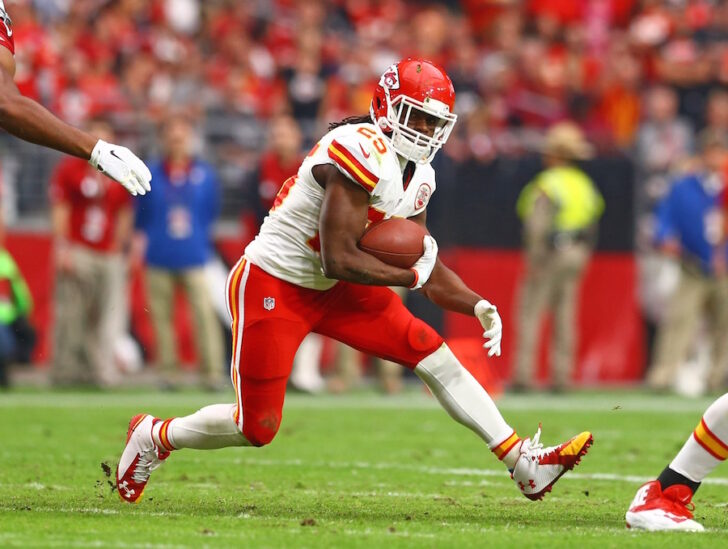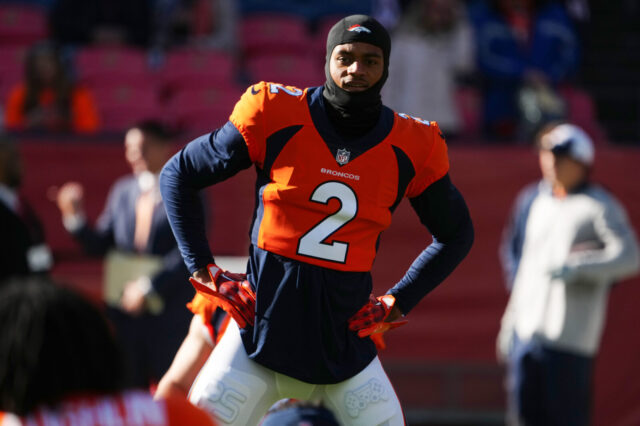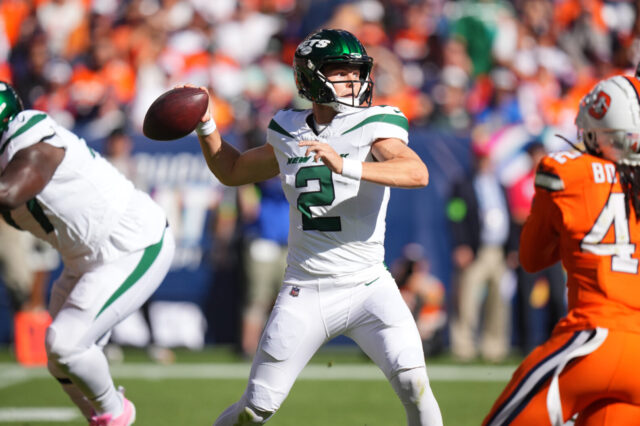For the record, I like Jamaal Charles.
A lot.
In the years I’ve spent watching the Denver Broncos – which would constitute practically all of my life – he’s been among the best backs any Orange Crush defense has ever faced. Charles is electric, tough and, most of all, productive. In his career with the Chiefs, if Charles starts in six or more games in a season, he posts 1,000-plus yards rushing. Over his career, he’s averaged 5.5 yards per carry. The math doesn’t lie – Charles is an excellent running back.
But so was Tony Dorsett. So was Rod Bernstine. So was Willis McGahee.
Dorsett arrived in Denver before his 12th and final season. His production was noticeably on the decline in his 10th season, posting rushing marks of 748 and 456 yards in his final two seasons in Dallas. He gave Denver 703 yards on the ground along with five touchdowns in 1988.
Bernstein was in his seventh season when he became a Bronco. He had one “decent” season rushing for 816 yards in 1993. For the next two injury-riddled seasons, he managed to play a mere six games, tallying just 167 yards on the ground in total.
McGahee was actually fantastic during the 2011 season, a bizarre campaign marked most notably because of Tim Tebow and the unorthodox offensive attack that neither McGahee nor the Broncos were familiar with. McGahee was a staple, giving the Broncos 1,199 yards on the ground and moving the chains with great consistency. McGahee was only in his eighth professional season when he got to Denver, but his career – starting with his final game in college – was marred by injury. From 2008 to 2010, he only saw action in 11 games.
Charles is on the eve of his 10th season in the NFL, all of them spent with Kansas City. In the last two, he’s only played in eight games. He’s had six seasons in which he’s appeared in 15 or more games; in the three seasons marked by injury, he’s played in only 10 combined.
So, should Charles be considered a “low mileage” option for the Broncos? Perhaps. If he’s indeed healthy, he would certainly be a welcome addition – perhaps even an upgrade – in the Broncos’ backfield.
Or, should he be viewed as an injury prone back who’s taken one too many hits, had to endure one too many comebacks, might be on his last leg – almost literally? From most accounts, Charles seems and looks to be healthy. But for a team that passed on Alabama linebacker Reuben Foster – a rookie with not a single game of NFL wear and tear – because of potential shoulder problems, it makes one wonder why the same standard doesn’t apply.
Sure, there are many reasons the Broncos might have – rightfully – passed on Foster. It’s not exactly an apples to apples comparison. John Elway would have been locked into Foster for four or five years, whereas Charles, at this stage in his career, might be a “rent-a-player.” It’s likely that no NFL team will be forced to make a significant longterm commitment to Charles.
The other reason to be leery of bringing in a once-great back, is that Denver’s offensive line is anything but proven. When McGahee came to Denver, the o-line wasn’t the problem; in fact it was quite good and anchored by All-Pro tackle Ryan Clady (who started all 16 games) and run game mauler Orlando Franklin. Denver’s 2017 line might be vastly improved; or, it could be a work in progress. Either way, it’s an unknown – so it’s tough to say what kind of luck Charles will have behind it.
For a team that hasn’t made a “splash” this offseason, through free agency or the draft, Charles would undoubtedly be a name that people would be excited about.
But don’t be surprised if he comes in and goes the way of Dorsett or Bernstein. If he were to post a season like McGahee, that would be worth it, even if it’s a short-term solution.
Jamaal Charles is a great player. But he’s also an NFL running back about to enter his 10th season.
And he has a history of being hurt.
The odds are not in his favor, or Denver’s should they sign him.



